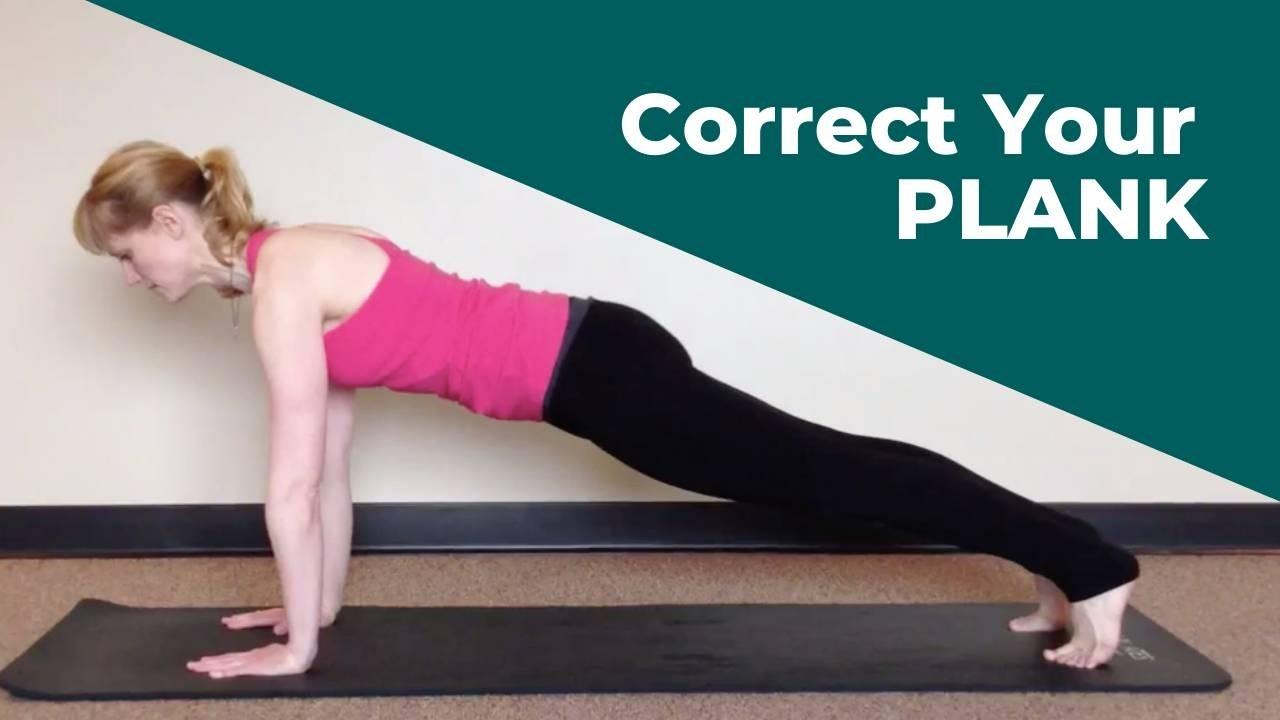Tips For Correctly Stabilizing Your Spine in a Plank Position
Nov 11, 2019
There are too many bad planks in this world!!! This makes me so very, very sad! Relying on our skeleton to hold us up usually means that the lumbar vertebrae are getting all the load and are suffering.
Here is a video from a few years back (gosh, my hair was long!) I'll teach you how to first mobilize your spine with an exercise called Cat and Cow (because mobility always comes before stability) and then I'll demonstrate how to properly stabilize your spine and activate your core, so all the planks in the future will be efficient and without side effects.
Come on your hands and knees. Make sure your knees are underneath your hips, and your wrists are underneath your shoulders. Check that your thighs and arms are perfectly perpendicular to the floor.
Cow (also known as Horse, or Dog)
- First, draw your shoulders back and away from your ears. Really pull them back, especially the outer armpits. Do you feel the deep muscles around the shoulder area are working even harder?
- Draw your chest and sternum bone forward as you direct your gaze a few inches forward.
- Now try to press your shoulder blades against your chest.
(Angry) Cat
- On the EXHALATION, drop your head, separate your shoulder blades and pull your belly in and up.
Cow again
- On the INHALATION, keep your mid-back fairly neutral, relax and really try to move the backbend into the upper back. Many of us simply sink into the lower back but this part is already very mobile and flexible.
- During the backbend imagine pressing your shoulder blades into your chest to bring your heart further forward. Try to feel the muscles between your shoulder blades contract by pulling up more and keeping your lower and mid-back relaxed without compressing it.
Cat again
- Drop your head for cat stretch as you EXHALE and draw your tailbone all the way down and your pubic bone forward, then draw your shoulders and outer armpits back for cow stretch.
- Come into a neutral position to relax.
What Does That Have To Do With a Plank Position?
When we step into the plank position we want to keep the upper back in the cow position and the lower back in a little bit of a cat position. It is essentially both positions together in one. This may seem to be a contradiction but be patient, we'll figure it out. #pilatesparadox
- Step your feet back, hip-distance apart. Shoulders stacked above your wrists. Often in this position, we may see the bum lift up a bit too high, sag too low, or the head dropped.
- Aim to bring the chest forward and draw your arms back. This should be a lot of work for your arms and shoulders.
- Direct your gaze to a spot about six inches in front of your fingertips.
- Pull your tailbone straight back directly through your heels and firm your lower abdominal wall. Imagine you are doing the cat stretch but don't let the rounding come into the upper back and don't let the backbend come into the lower back.
Was this helpful? This short blog post just scratched the surface of the detail we go into inside the Pilates Encyclopedia membership. You'll find alignment tips and cues for every body part involved in the Plank position, from head to toe, to help you get the maximum benefit from this exercise.
What are YOUR favorite tips for plank?










